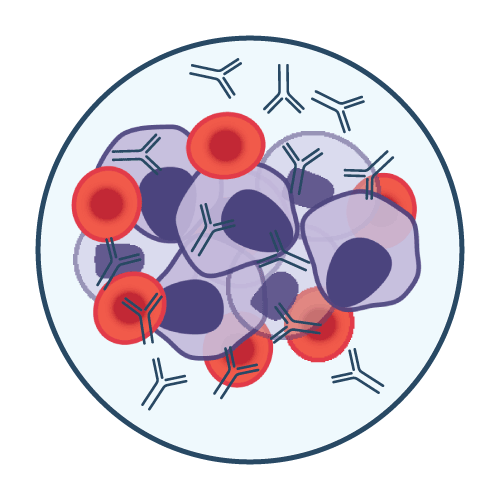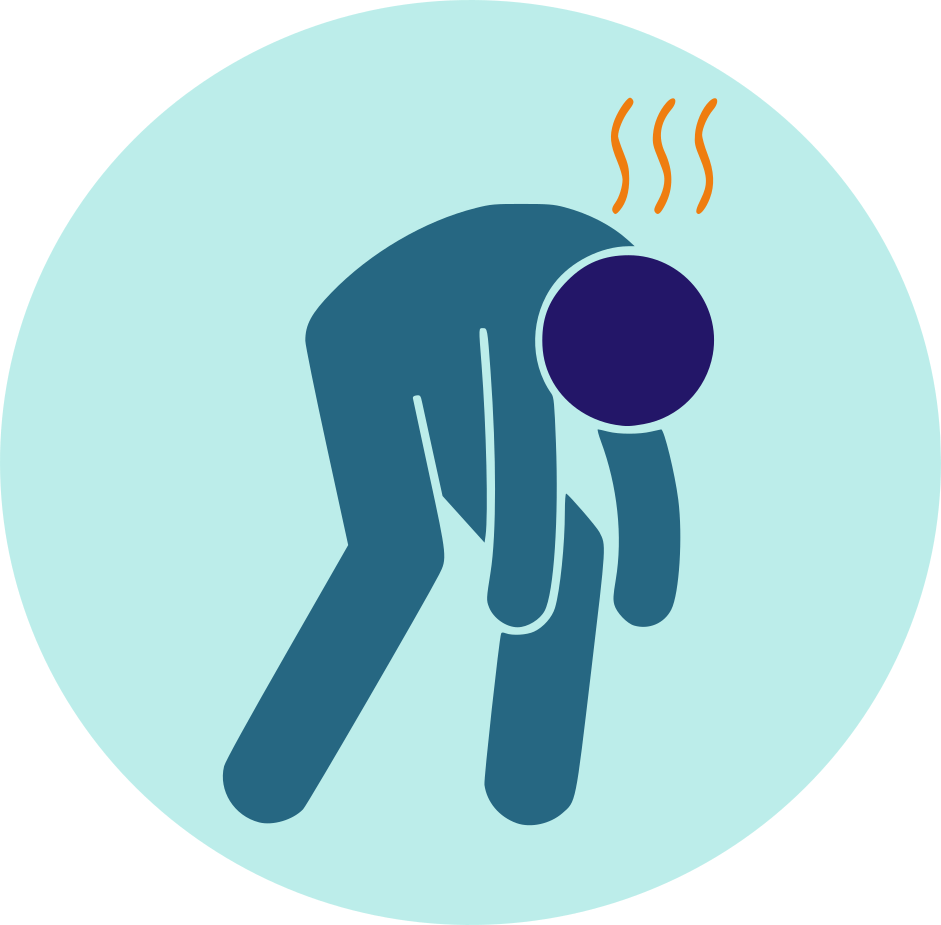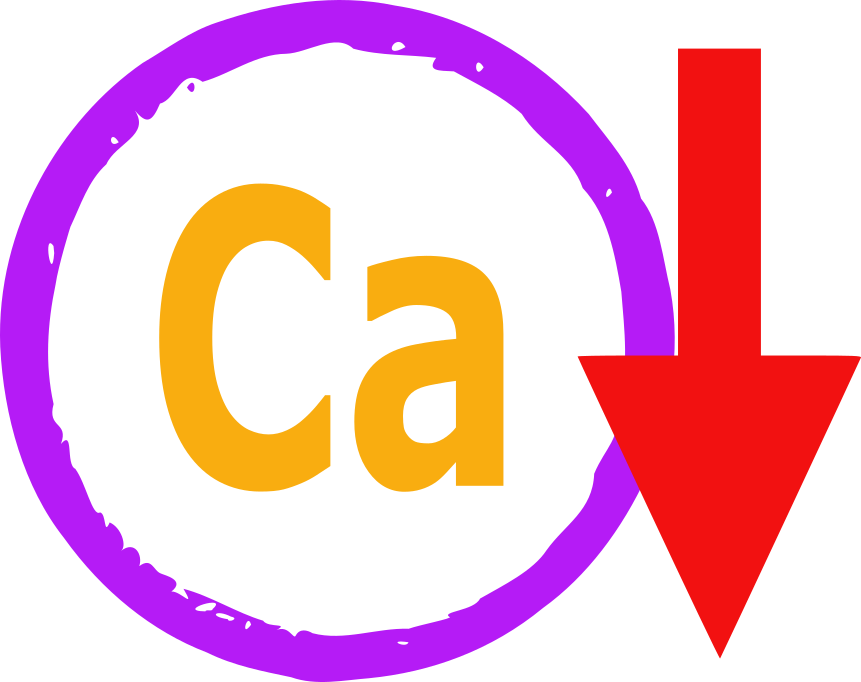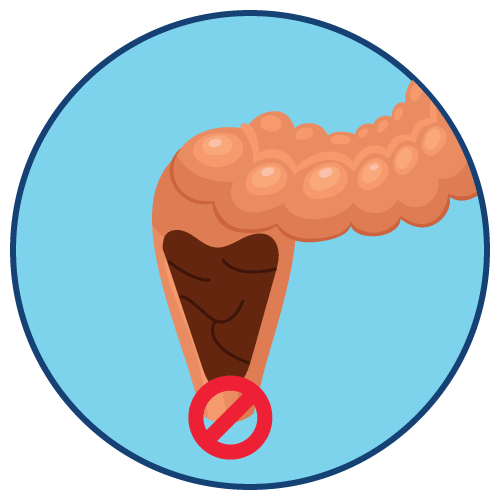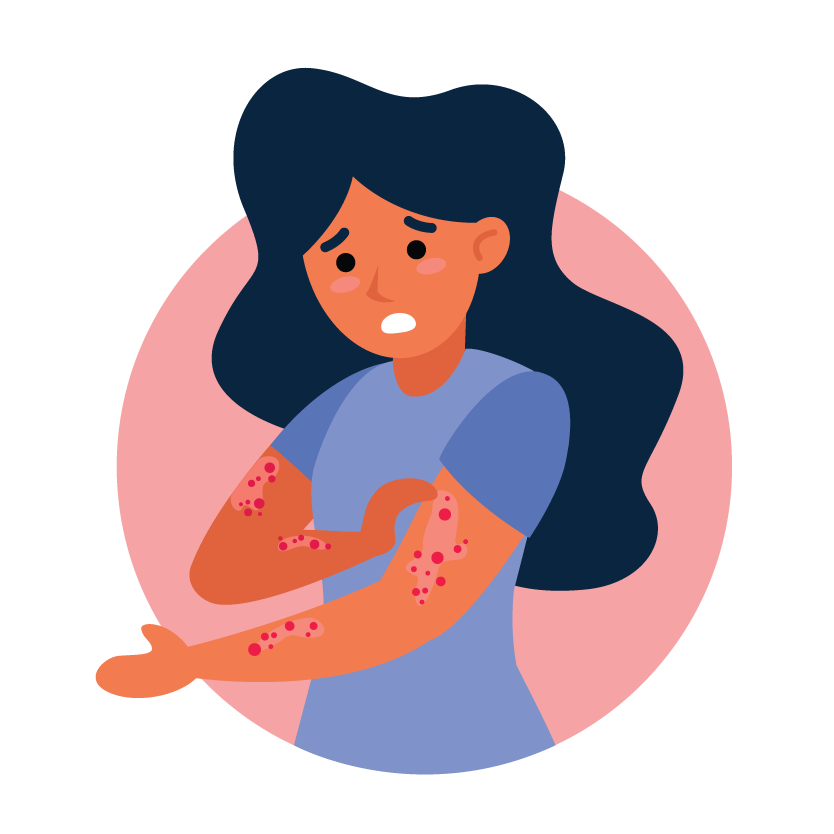| Name | Thalidomide |
| Classes |
Anticancer/Antineoplastic Agent Immunotherapeutic Agent Sedative and Hypnotic |
| Diseases |
Inflammatory Disease/Immunomodulatory Disease Leprosy Multiple Myeloma Nerve Inflammation |
Thalidomide
Thalidomide belongs to the class of immunomodulatory agents. Its mechanism of action is multifaceted, including immunomodulation, anti-inflammatory effects, and anti-angiogenic properties. Thalidomide inhibits the production of pro-inflammatory cytokines and has anti-angiogenic effects, contributing to its therapeutic actions in various conditions.
- Thalidomide in combination with dexamethasone is indicated for the treatment of patients with newly diagnosed multiple myeloma (MM).
- Thalidomide is indicated for the acute treatment of the cutaneous manifestations of moderate to severe erythema nodosum leprosum (ENL). Thalidomide is not indicated as monotherapy for such ENL treatment in the presence of moderate to severe neuritis. Thalidomide is also indicated as maintenance therapy for the prevention and suppression of the cutaneous manifestations of ENL recurrence.
- Multiple Myeloma: 200 mg orally once daily. The recommended dose of dexamethasone is 40 mg/day on days 1-4, 9-12, and 17-20 every 28 days. (2.1)
- Erythema nodosum leprosum: 100 to 300 mg/day for an episode of cutaneous ENL. Up to 400 mg/day for severe cutaneous ENL
- Multiple myeloma: The most common adverse reactions (≥ 20%) are fatigue, hypocalcemia, edema, constipation, neuropathy sensory, dyspnea, muscle weakness, leukopenia, neutropenia, rash/desquamation, confusion, anorexia, nausea, anxiety/agitation, asthenia, tremor, fever, weight loss, thrombosis/embolism, neuropathy-motor, weight gain, dizziness, and dry skin. (6.1)
- Erythema nodosum leprosum: The most common adverse reactions (≥ 10%) are somnolence, rash, and headache.
- Ischemic heart disease (including myocardial infarction) and stroke have been observed in patients treated with Thalidomide in combination with dexamethasone.
- Drowsiness and Somnolence: Instruct patients to avoid situations where drowsiness may be a problem and not to take other medications that may cause drowsiness.
- Peripheral Neuropathy: Examine patients at monthly intervals for the first 3 months of thalidomide therapy and periodically thereafter for signs or symptoms of peripheral neuropathy. Consider electrophysiological testing, consisting of measurement of sensory nerve action potential (SNAP) amplitudes at baseline and thereafter every 6 months in an effort to detect asymptomatic neuropathy.
- Dizziness and Orthostatic Hypotension: Advise patients to sit upright for a few minutes prior to standing up from a recumbent position.
- Neutropenia: Patients may require dose interruption and/or dose reduction.
- Increased HIV Viral Load: Measure viral load after the first and third months of treatment and every 3 months thereafter.
- Bradycardia: Monitor patients for bradycardia and possible syncope. Dose reduction or discontinuation may be required.
- Stevens-Johnson Syndrome and Toxic Epidermal Necrolysis: Do not resume Thalidomide following discontinuation for these reactions.
- Seizures: Monitor patients with a history of seizures or at risk for the development of seizures closely for clinical changes that could precipitate acute seizure activity.
- Tumor Lysis Syndrome: Monitor patients at risk (e.g., those with high tumor burden prior to treatment) and take appropriate precautions.
- Hypersensitivity: Monitor patients for potential hypersensitivity to the drug and its components.
Contraindication
Contraindicated in patients with hypersensitivity to thalidomide.
None known.
Thalidomide is contraindicated in pregnancy.
 Bangla
Bangla English
English